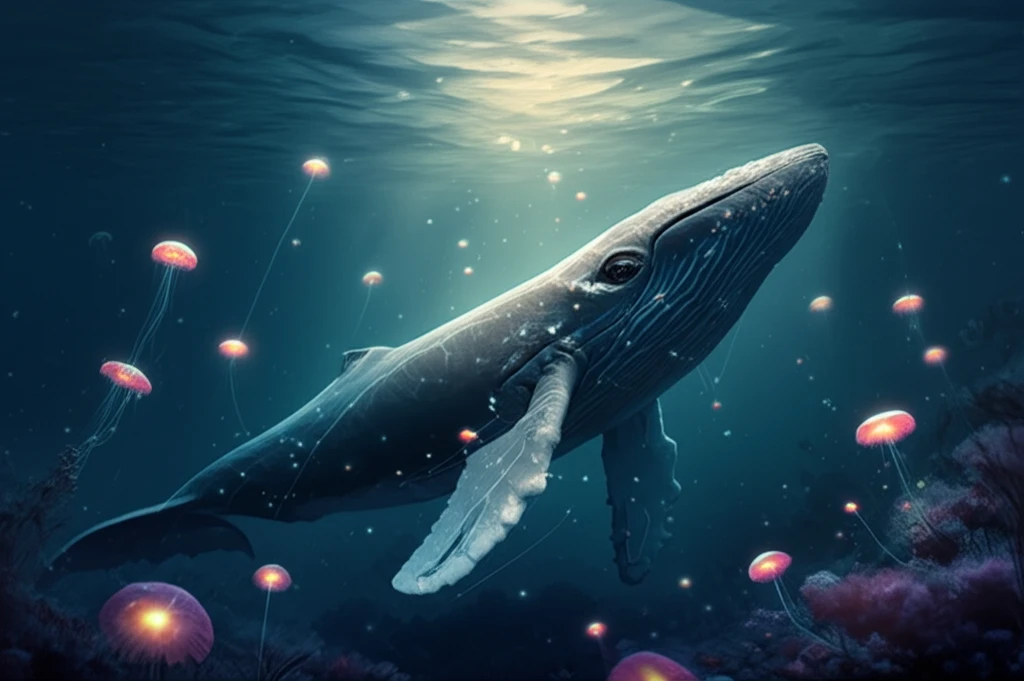
Deep-Sea Detectives: Modeling Cetacean Habitats to Protect Ocean Giants
"Unlocking the secrets of deep-diving whales and dolphins through large-scale data analysis for better marine conservation."
The ocean depths are home to some of the most elusive and mysterious creatures on Earth, including deep-diving cetaceans – a group that includes beaked whales, sperm whales, and kogiids. These marine mammals face increasing threats from human activities, such as underwater noise pollution and entanglement in fishing gear. Protecting these species requires a solid understanding of where they live and what habitats they rely on.
However, studying deep-diving cetaceans is no easy task. They spend much of their time far below the surface, in remote oceanic environments. Their populations are often small, and sightings are infrequent, making it difficult to gather enough data to map their distribution effectively. Traditional survey methods often fall short, highlighting the need for innovative approaches to cetacean conservation.
Fortunately, scientists are now harnessing the power of data aggregation and advanced modeling techniques to overcome these challenges. By combining data from multiple visual surveys conducted over vast areas and long time periods, researchers are creating detailed habitat models that reveal the secrets of deep-diving cetacean distribution. These models are essential tools for informing marine spatial planning, mitigating human impacts, and safeguarding the future of these magnificent ocean giants.
Combining Data for a Clearer Picture

One of the biggest hurdles in studying deep-diving cetaceans is the scarcity of sightings. Individual surveys often capture only a handful of data points, which isn't enough to create a comprehensive picture of their habitat preferences. To address this, researchers are increasingly turning to data-assembling techniques, pooling together information from multiple surveys to increase sample sizes and expand the geographical scope of their analyses.
- Hierarchical Models: These models allow researchers to estimate effective strip width (ESW) – a measure of how far observers can see from the trackline – while accounting for variations in platform type, observation conditions, and survey protocols.
- Generalized Additive Models (GAMs): GAMs are used to model the relationship between cetacean density and environmental variables, such as depth, sea surface temperature, and primary productivity. These models can capture complex, non-linear relationships and identify key habitat drivers.
- Gap Analysis: This technique helps to identify areas where predictions are based on extrapolation beyond the surveyed environmental conditions. This helps to assess the reliability of the models and pinpoint regions where more data are needed.
Protecting the Depths
Habitat models are powerful tools for marine conservation, but they are only as good as the data and methods used to create them. To ensure that these models are reliable and effective, it is essential to: Invest in long-term monitoring programs to collect high-quality data on cetacean distribution and abundance, Standardize survey protocols to reduce heterogeneity and improve data comparability, Develop advanced statistical methods to account for biases and uncertainties in the data, Conduct gap analyses to identify areas where more data are needed, Use habitat models to inform marine spatial planning and mitigate human impacts on cetacean populations. By taking these steps, we can improve our understanding of deep-diving cetacean habitats and protect these amazing creatures for generations to come.
